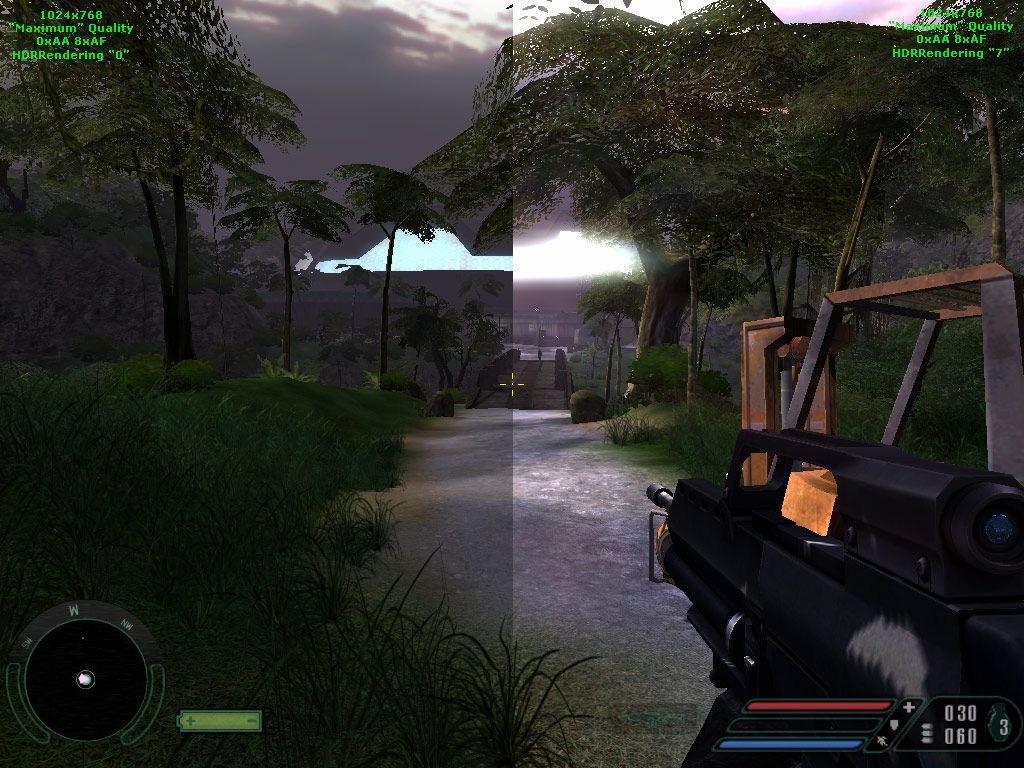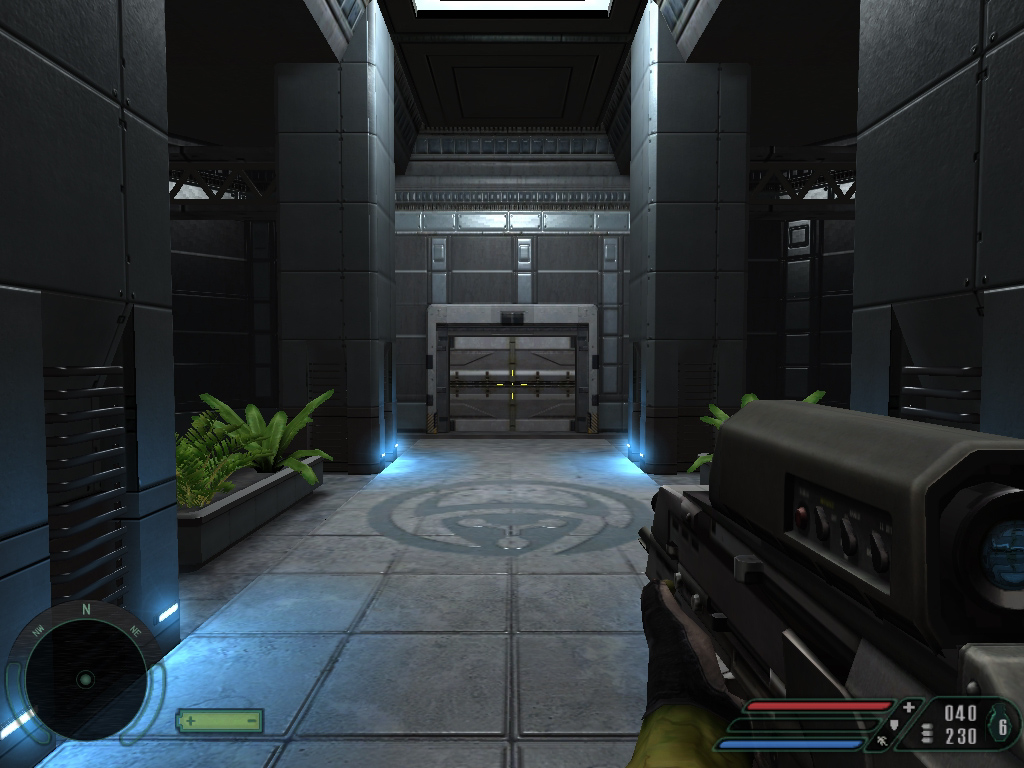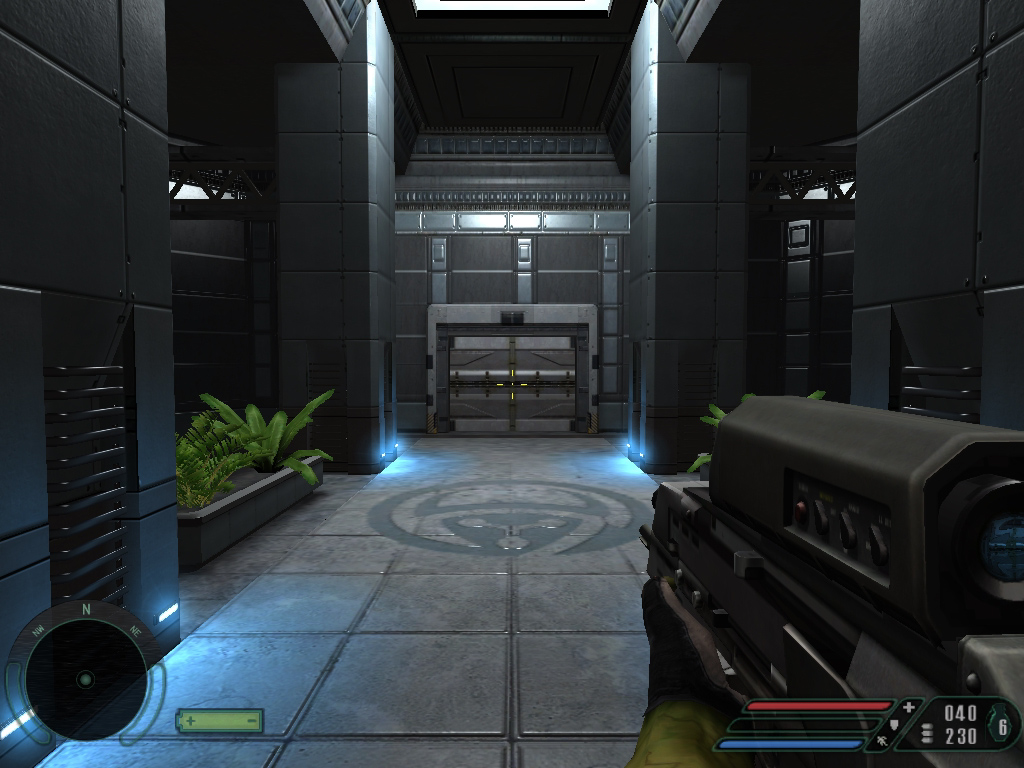I like how they also said that checker board technique fills out the pixels just as native 4k does.
Existing User Log In
New User Registration
Register for a free account to gain full access to the VGChartz Network and join our thriving community.
I like how they also said that checker board technique fills out the pixels just as native 4k does.


| SvennoJ said: Isn't the relevant part here that |
It's only relevent if you don't need the accuracy.
And FP32 performance MORE than doubled over the regular PS4. So only doubling FP16 is less impressive IMHO.
With that said... Polaris has a 1:1 FP16 and FP32 performance, so the benefits of using FP16 will come from general reduced memory and bandwidth overheads...
Which is in stark contrast to say... Tegra where FP16 performance is double the FP32.
What AMD has likely done is just taken a single FP16 operation and runs them on the FP32 engines... nVidia will typically combine two FP16 operatinons and runs them on the FP32 engines, but it wasn't always that way, nVidia used AMD's approach at one point.
The question remains if the Playstation 4 Pro deviates from AMD's current design and adopted something similar to nVidia's approach... If they have taken nVidia's approach, then the Playstation 4 Pro would be theoretically capable of 8.4 Teraflops of floating point performance, but that is probably unlikely.
And nor is it representative of real-world performance/expectations anyway.
As for HDR. You aren't getting confused with the latest HDR craze and HDR we had 10 years ago are you? Because the way you worded things it seems that way.
I'll state the same thing that I stated before the Playstation 4 Pro was unveiled.
4k is not going to happen on demanding AAA games, simpler games it should be more common.
This "revelation" that people think is some kind of unique amazing feat in graphics engineering isn't going to change that.

www.youtube.com/@Pemalite
deskpro2k3 said:
Quoting for any potential use in the future. hehe |
This just in: PS5 confirmed to be running the equivalent of two Titan X's in SLI!
... No, but seriously, this is a bit of a bold statement to make when in ten years we might very well be looking at a PS5Pro. Who knows what it will be capable of?
Watch me stream games and hunt trophies on my Twitch channel!

Check out my Twitch Channel!:
www.twitch.tv/AzurenGames
Yeah, 10 years is a stretch. The PS4 Pro should be in the ballpark of a 3.5 year old GTX Titan.
A nice addition for the Pro. So far I see the system can support 4k. Has an incredible upscaler, and supports newer feature such as this along with items not yet revealed. I have one on preorder.
Pemalite said:
It's only relevent if you don't need the accuracy. |
What's the difference between the latest HDR craze and HDR games have been developing for a decade? Isn't the only difference the output method? Instead of converting the fp16 game buffer to 8 bit, now games can convert it to 10bit with HDR encoding to show a bigger range of the original fp16 or fp32 source.
Reducing memory bandwidth is always beneficial, that's where I got the biggest gains in performence when I was still a programmer. Plus with the lower display precision of PSVR and no HDR output capabilities, using fp16 seems a good idea to me to sustain 60 or 90fps.
I agree that for 4K HDR with high res textures fp16 isn't ideal, yet it could give a boost to vr games.


| SvennoJ said: What's the difference between the latest HDR craze and HDR games have been developing for a decade? Isn't the only difference the output method? |
Nope. The difference is more than that.
Though they set out to solve the same problem... To improve the contrast ratio between its brightest and darkest parts.
Interestingly... Valve's Source engine has had support for the last 11+ years... And even games like Halo 3 had HDR.
Here is the difference between HDR and no HDR in the first FarCry game back in 2004. (12 years ago.)
Note the superior lighting and contrast.
| SvennoJ said: Reducing memory bandwidth is always beneficial, that's where I got the biggest gains in performence when I was still a programmer. Plus with the lower display precision of PSVR and no HDR output capabilities, using fp16 seems a good idea to me to sustain 60 or 90fps. |
More bandwidth is beneficial up to a point, then you become shader/rop/texturing etc' bound.
Case in point take the Geforce 1080, it has less real-world bandwidth than Fury... (320GB/s vs 512GB/s) But also beats fury around in almost every benchmark, even benchmarks where you would assume bandwidth would play a larger role.
As for VR... You may be able to pick up smaller imperfections in rendering, which might make fp16 a bad choice. - Not having seen it in a real-world VR situation though so I can only assume that would be the case.
FP16's use will vary from game to game though, simpler/indie games will use it more than big AAA titles.

www.youtube.com/@Pemalite
COKTOE said:
I miss everything unless I see it on VGC, so thank you! |
Yeah I generally wait to read about news in threads on here really, can't be bothered scanning over all the internet for little bits of info here and there when this site has some fantastic people who seek out the best of it and bring it back to us here.
This game looks pretty sweet and the 1080p x 4 in the split screen mode is very very impressive from the ps4pro. Nice treat for those who upgrade or jump in at the pro level, not sure would this make me upgrade myself but it's cool that it exists.
Why not check me out on youtube and help me on the way to 2k subs over at www.youtube.com/stormcloudlive
Pemalite said:
Nope. The difference is more than that.
|
That's the difference between HDR and no HDR rendering, not between fp16 and fp32. Only comparison I can find is also from 12 years ago. Top is fp16, bottom fp32

http://www.hwupgrade.it/articoli/skvideo/1013/radeon-x800-e-il-momento-di-r420_15.html
There is a difference in contrast range, pretty small though and that's when switching between 2 modes, not made for fp16. You can always up the contrast at the cost of precision. But sure fp32 yields better and more precise contrast.
I have no clue either whether you pick up the difference more easily in VR. Those VR screens aren't very bright to begin with and certainly not HDR capable, perhaps you notice it less and high amounts of bloom as in that Far Cry example could be annoying in VR.
We'll see soon enough. My guess is simpler looking games will be preferable at first in VR anyway. 960x1080 or 1080x1200 spread out over 100 degrees doesn't allow for a lot of intricate detail. Hmm Windwaker VR, I'll keep dreaming.
CGI-Quality said:
I can tell you what it won't have in it. Nothing bold to it. The thing won't contain a Titan X level of GPU.
The Titan is 4.4TF GPU, which while "in the same ballpark", is still a head of a console that launches nearly 4 years after it. And that's just talking floating point performance (much more goes into a GPU than that). The Titan X, well, lets just say it runs laps, does back flips over, and leg tosses the original GTX Titan into history. Thus, while nothing is impossible, I don't expect to see a Titan X (Pascal) equivalent in the PS5. |
Think about it like this: What would happen if you took a PS4 back in time to 2003, ten years prior to its release? It would absolutely dominate everything, PCs included.
Watch me stream games and hunt trophies on my Twitch channel!

Check out my Twitch Channel!:
www.twitch.tv/AzurenGames